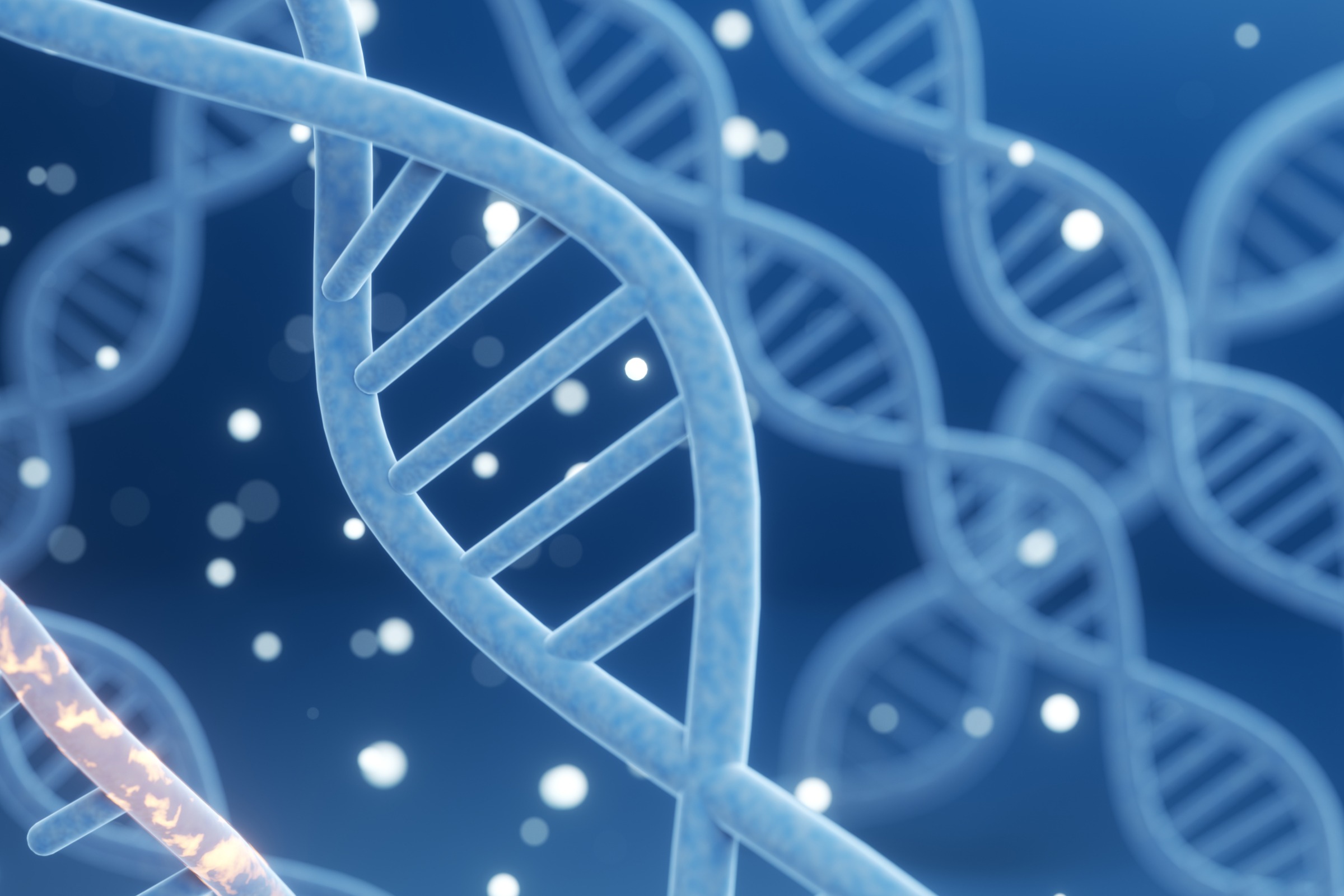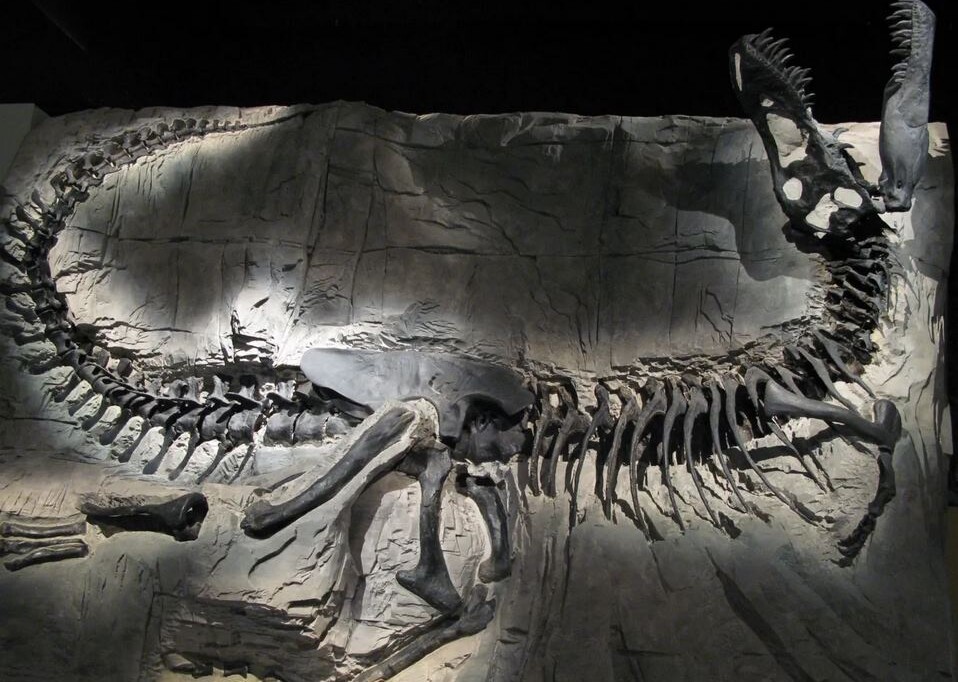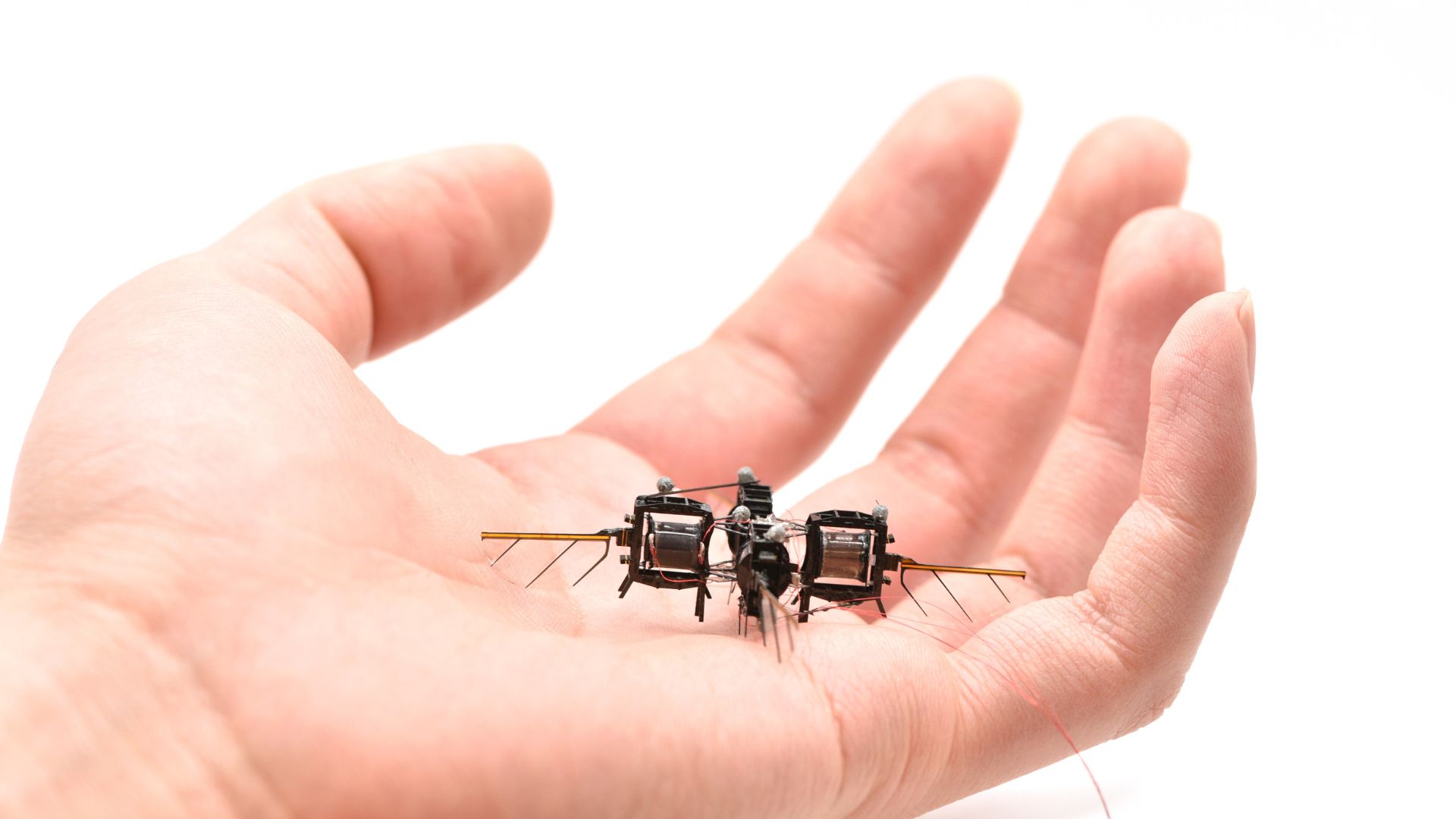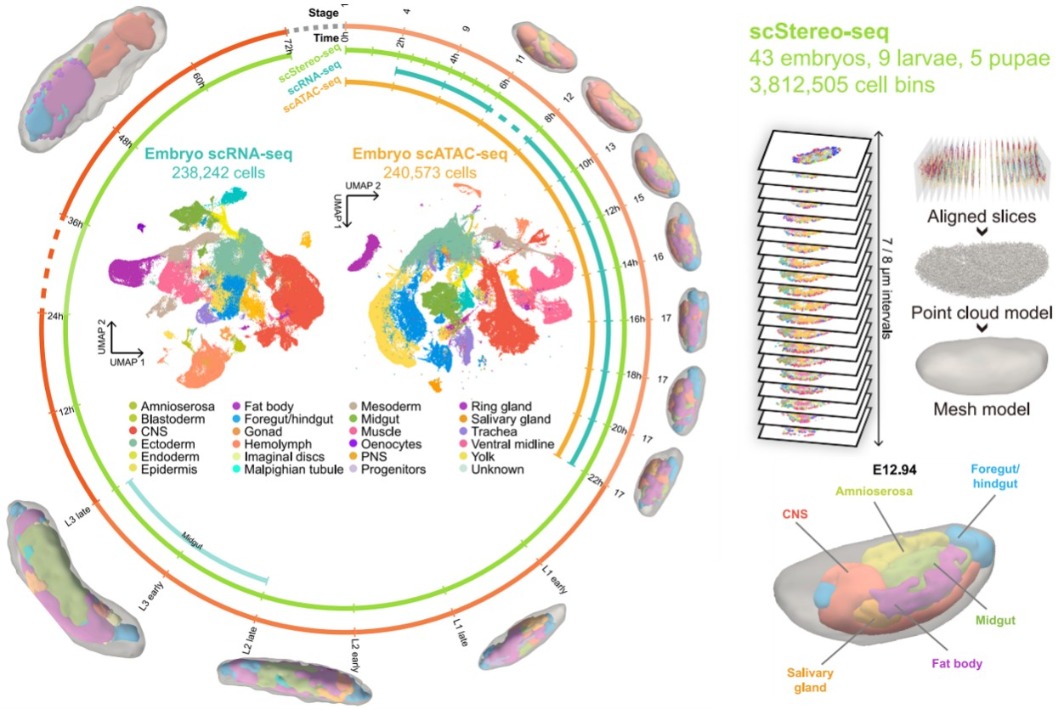Self-Growing Robots: The Future of Machines That Repair and Grow Themselves

Imagine a world where robots not only think for themselves but can also grow and heal like living organisms. Sounds like science fiction, right? Well, it might be closer to reality than you think!
In an exciting breakthrough, researchers at Columbia University have designed a new type of robot equipped with something called 'Robot Metabolism.' This groundbreaking technology allows machines to absorb and integrate materials from their surroundings or even from other robots, enabling them to 'grow' and 'heal.' The research, led by Philippe Martin Wyder, highlights a significant shift towards creating robots that are not just intelligent, but also physically adaptive.
These next-gen robots are based on a fascinating concept reminiscent of childhood toys—remember Geomag? Known as the Truss Links, these bar-shaped modules with magnetic connectors can assemble into complex structures, transforming from two-dimensional shapes into full-fledged three-dimensional robots. For instance, one robot demonstrated its potential by integrating a new part that allowed it to increase its downhill speed by a whopping 66.5%!
Hod Lipson, a co-author of the study, emphasizes that while robot intelligence has made phenomenal advances, their physical bodies have lagged behind—until now. Unlike their rigid, monolithic predecessors, these robots embody a biological-like adaptability. Just as lifeforms use and reuse amino acids to grow and heal, these robots can potentially do the same with their mechanical parts.
The potential applications are vast and thrilling—imagine robots capable of maintaining themselves in environments like disaster zones or outer space. Phil Wyder describes it as a digital interface to the physical world, expanding the capabilities of AI beyond intellectual tasks to physical development. Ultimately, this could lead to a world where AI can create physical structures or even other robots, much like how it edits text today.
However, as Lipson notes, while the thought of self-replicating robots might spark dystopian visions, we must face the reality that as we increasingly rely on robots for everything from transport to defense, they need a way to maintain themselves. This is the dawn of a new era in robotics, where machines could very well learn to take care of themselves.



























